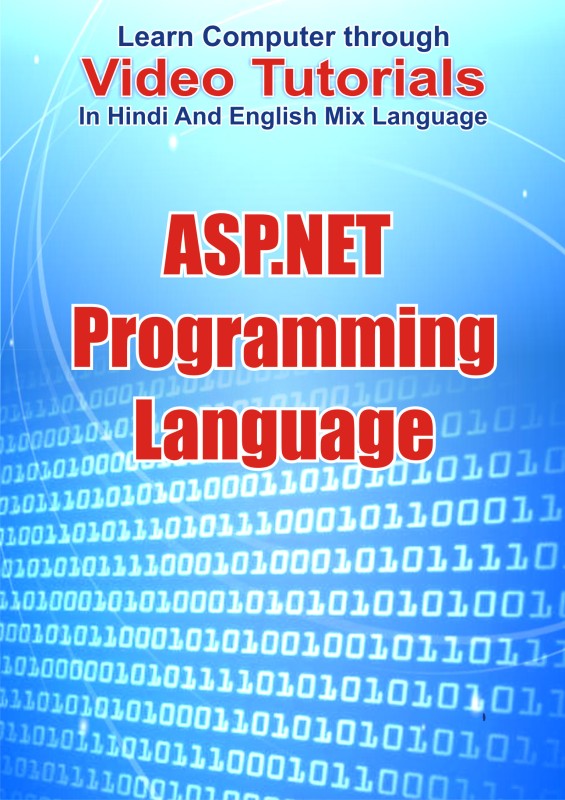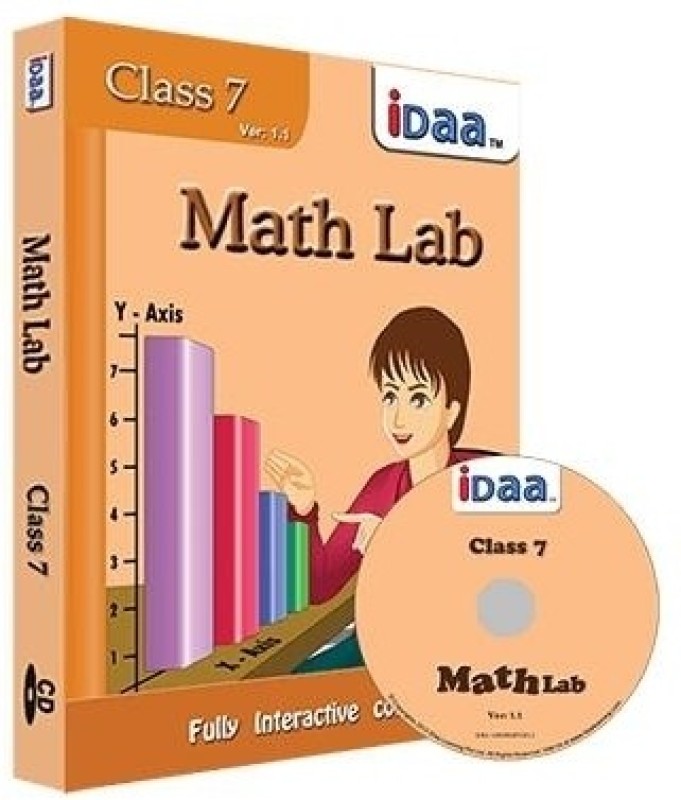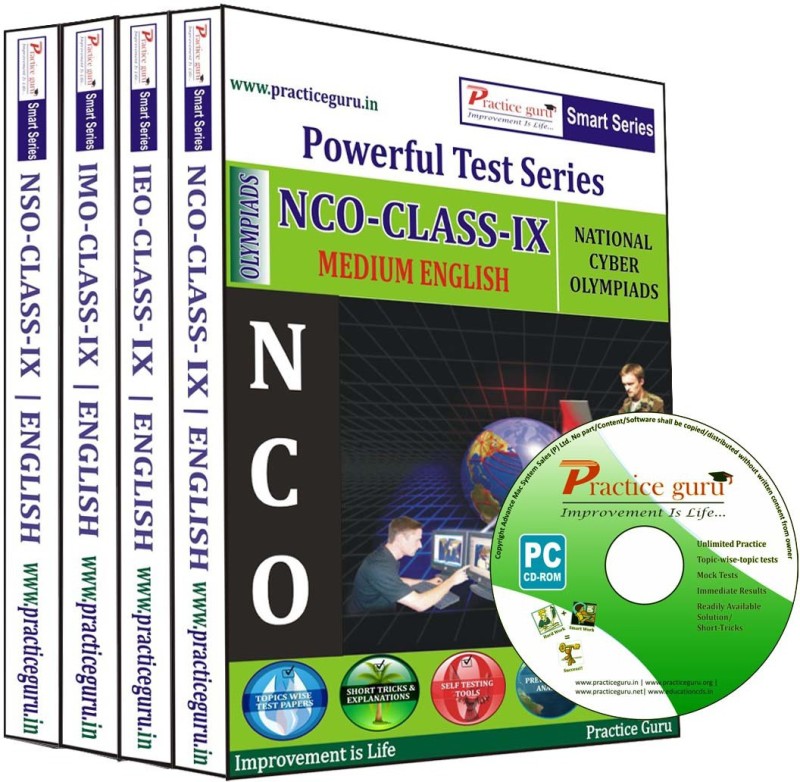Additional information
| Weight | 0.5 kg |
|---|---|
| Subjects | Fundamentals of Programming Languages, Computers |
| Chapters | Asp. Net, Introduction of Asp.Net, Introduction To Visual Studio, Installing Visual Studio, Creating First Website (Part1), Creating First Website(Part2), Creating First Website(Part3), Stages Of Page Life Cycle, Events Occurred At Different Stages Of Life Cycle, Introdiction To Asp.Net Page Directives, Page Directive, Master Directive, Control Directive, Register Directive, Reference And Previous Page Type Directives, Outputcache Directive, Import Implement And Mastertype Directives, Types Of Web Controls, Html Server Controls (Part1), Html Server Controls (Part2), Html Server Controls (Part3), Html Server Controls (Part4), Some Important Points Of Asp.Net Controls, Basic Asp.Net Server Controls(Part1), Basic Asp.Net Server Controls(Part2), Basic Asp.Net Server Controls(Part3), Basic Asp.Net Server Controls(Part4), Basic Asp.Net Server Controls(Part5), Basic Asp.Net Server Controls(Part6), Basic Asp.Net Server Controls(Part7), Basic Asp.Net Server Controls(Part8), Basic Asp.Net Server Controls(Part9), Advanced Asp.Net Server Controls(Part1), Advanced Asp.Net Server Controls(Part2), Advanced Asp.Net Server Controls(Part3), Advanced Asp.Net Server Controls(Part4), Advanced Asp.Net Server Controls(Part5), Advanced Asp.Net Server Controls(Part6), Advanced Asp.Net Server Controls(Part7), Advanced Asp.Net Server Controls(Part8), Advanced Asp.Net Server Controls(Part9), Advanced Asp.Net Server Controls(Part10), Site-Navigation Controls(Part1), Site-Navigation Controls(Part2), Site-Navigation Controls(Part3), Site-Navigation Controls(Part4), Site-Navigation Controls(Part5), Validation Server Controls(Part1), Validation Server Controls(Part2), Validation Server Controls(Part3), Validation Server Controls(Part4), Validation Server Controls(Part5), Validation Server Controls(Part6), Validation Server Controls(Part7), Validation Server Controls(Part8), Web User Controls, Running Web Form In Debugging Mode, Breakpoints, An Introduction To Cascading Style Sheets (Css), Creating And Attaching External Css Files, Using Css Class Selectors In Server Controls, Using Css Id Selectors In Server Controls, Problem Occurred With Css Id Selectors In Server Controls, Why Controls Should Be Placed In Tables, (Part1), Why Controls Should Be Placed In Tables, (Part2), Creating Files(Part1), Creating Files(Part2), Creating Directories, Writing To Files, Reading Files, Delete Files And Directories, Introduction To Application Folders, Types Of Application Floders(Part1), Types Of Application Floders(Part2), Types Of Application Floders(Part3), Creating Class Using App_Code, Creating Function Inside Class, Creating Object Of Class In .Aspx Page, Calling Class Methods From .Aspx Page, App_Browser Folder, App_Localresource Folder(Part1), App_Localresource Folder(Part2), Introduction To Properties, Creating Properties With In Classes, How To Use Property In .Aspx Page, Run-Time Process, Read-Only Properties(Part1), Read-Only Properties(Part2), Write-Only Properties(Part1), Write-Only Properties(Part2), Write-Only Properties(Part3), An Introduction To State Management, Moving Control From One Page To Another, Moving Data From One Page To Another Using Query String, How To Use View State, Important Points Related To View State, An Introduction To Cookies, Creating Cookie By Using Httpcookie Class(Part1), Creating Cookie By Using Httpcookie Class(Part2), Creating Cookie By Using Response Object, Placing Multiple Values In Single Cookie(Part1), Placing Multiple Values In Single Cookie(Part2), Hidden Field, How To Use Session Object In State Management, An Introduction To Application Object(Global.Asmx), Example Of Application Object(Part1), Example Of Application Object(Part2), Creating Master Page, Creating Content Page, Run-Time Behavior Of Master Pages, Need Of Nested Master Pages, Creating Nested Master Pages(Part1), Creating Nested Master Pages(Part2), An Introduction To Ado.Net, Ado.Net Data Architecture, Data Providers And Connection Object, Command Object, Data Reader Object, Data Adapter Object, Dataset, Working With Datatable, Query String, Example Of Connected Data Access, Difference Between Dataset And Datareader, Installing Sql Server(Part1), Installing Sql Server(Part2), Connecting To Sql Server, Creating New Database And Table By Using Sql Management Studio, Inserting Values Into Table By Using Sql Management Studio, Creating Database By Using Server Explorer, Sql Basic Queries, Ddl And Dml Statements, Inserting Record Into Sql Table Using Ado.Net, Changing Password Using Update Statement In Ado.Net(Part1), Changing Password Using Update Statement In Ado.Net(Part2), Selecting Data From Database -Part1, Selecting Data From Database -Part2, Deletion Of Records Using Delete Statement, Example Of Disconnected Data Access(Dataset), Another Way Of Working With Dataset, How To Write Connection String In Web.Config File, Storing Images In Database, Retrieving Images From Database (Part1), Retrieving Images From Database (Part2), Create Xml File, Insert Record In Xml File, Search Record In Xml File(Part1), Search Record In Xml File(Part2), Search Record In Xml File(Part3), Introduction To Data Bound Controls, Introduction To Gridview Control(Part1), Introduction To Gridview Control(Part2), Introduction To Sqldatasource And Template Field, Working With Sqldatasource Control, Attaching Sqldatasource With Gridview, Creating Queries By Using Sqldatasource Control, Display Data In Gridview By Using Datasource Property And Databind Method, Combining Two Columns Of Gridview By Using Template Field(Customize Gridview), Paging In Gridview(Part1), Paging In Gridview(Part2), Paging In Gridview(Part3), How To Generate Edit Button In Gridview By Using Sqldatasource(Update Query), How To Generate Delete Button In Gridview By Using Sqldatasource(Delete Query), How To Generate Automatic Select Button In Gridview(Part1), How To Generate Automatic Select Button In Gridview(Part2), How To Generate Automatic Delete Button In Gridview, How To Generate Automatic Edit Button In Gridview(Part1), How To Generate Automatic Edit Button In Gridview(Part2), Introduction To Event Bubbling(Part1), Introduction To Event Bubbling(Part2), Example Of Event Bubbling(Part1), Example Of Event Bubbling(Part2), Example Of Event Bubbling(Part3), Example Of Event Bubbling(Part4), Datalist(Part1), Datalist(Part2), Detailsview(Part1), Detailsview(Part2), Listview Control, Configure Listview Control, Paging In Listview Control, Insert A Record By Using Listview Control(Part1), Insert A Record By Using Listview Control(Part2), Introduction To Form Authentication, Creating A Page To Log In Users, Login Control Properties, Creating A Page To Set Up New Users, Understanding The Security Database, Configuring Security In Web.Config File, Creating A Page To Logout Users, Explicitly Allow Users To Access Signup Form, Loginname Control, How To Setup Iis7 On Windows7, Deploying A Website, Creating Master Page, Creating First Page, Designing Noida Page, Coding In Noida Page, Show Detail Page, Runtime Working Of Telephone Directory, Free updates available for all subjects at your registered emails, All subjects steps by steps learning through video tutorials In Hindi DVD., Every member at your home can learn through one DVD., You can learn at anytime of your choice, These tutorials are put in serial order, so that you can learn yourself step by step., The tutorials are in Hindi and English mix language, which gives you comfort at the time of learning., It feels like the teacher is sitting beside you., You can also learn again if you think you have forgotten any topic. it is very easy way to learn computer in hindi language . |
| Model Name | Asp.NETProgramming Tutorials DVD |
| Classes | Applicable For All |
| Num Of Disks | 1 |
| Model Id | Asp.NETProgramming Tutorials DVD |
| Education Board | General |
| Brand | Lsoit |
| Processor | 1GHz Processor |
| Hard Drive | 512 MB |
| Operating System | Window7, Window8, WindowXP, Windows 2018 |
| Memory | 1 GB RAM |




Reviews
There are no reviews yet.